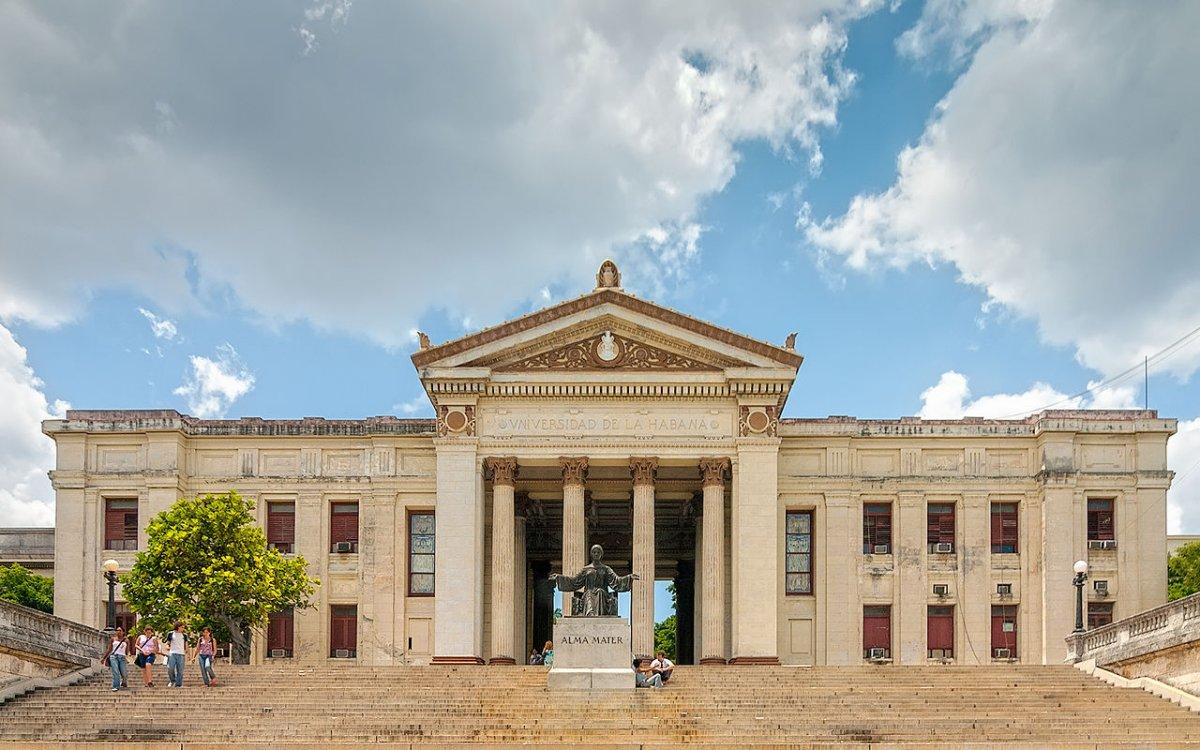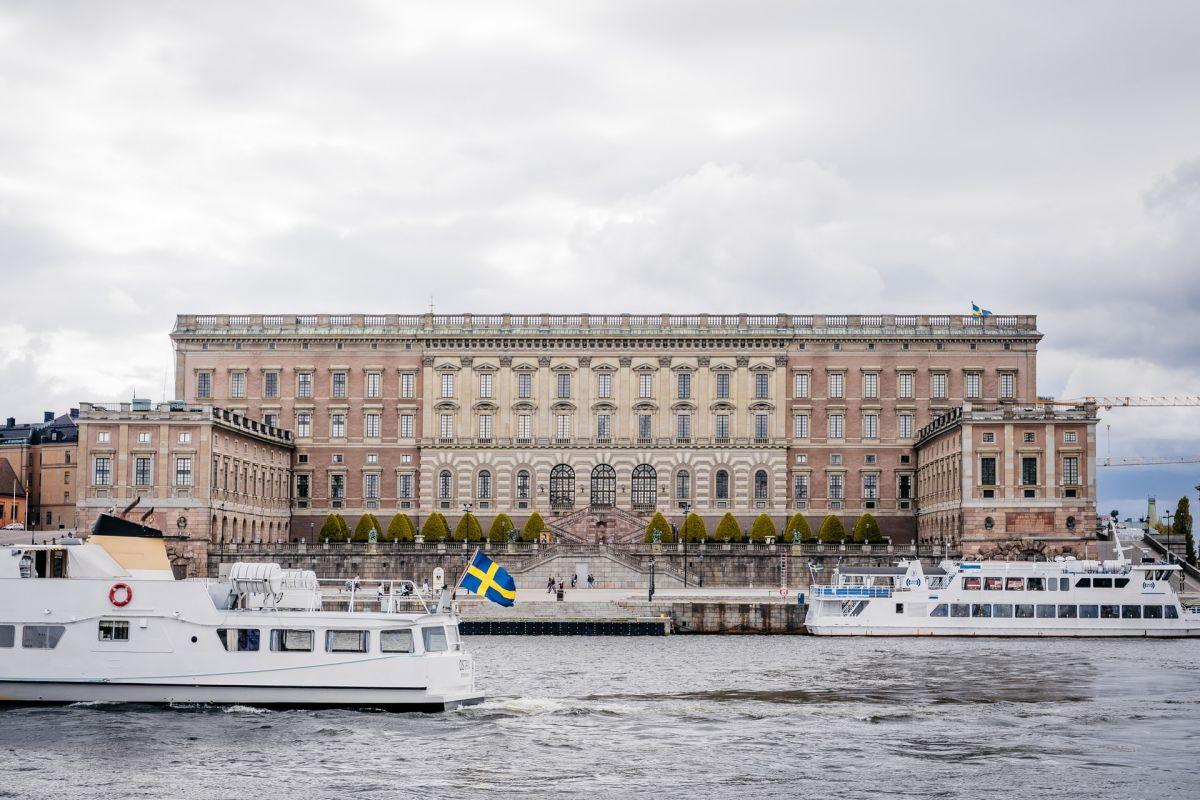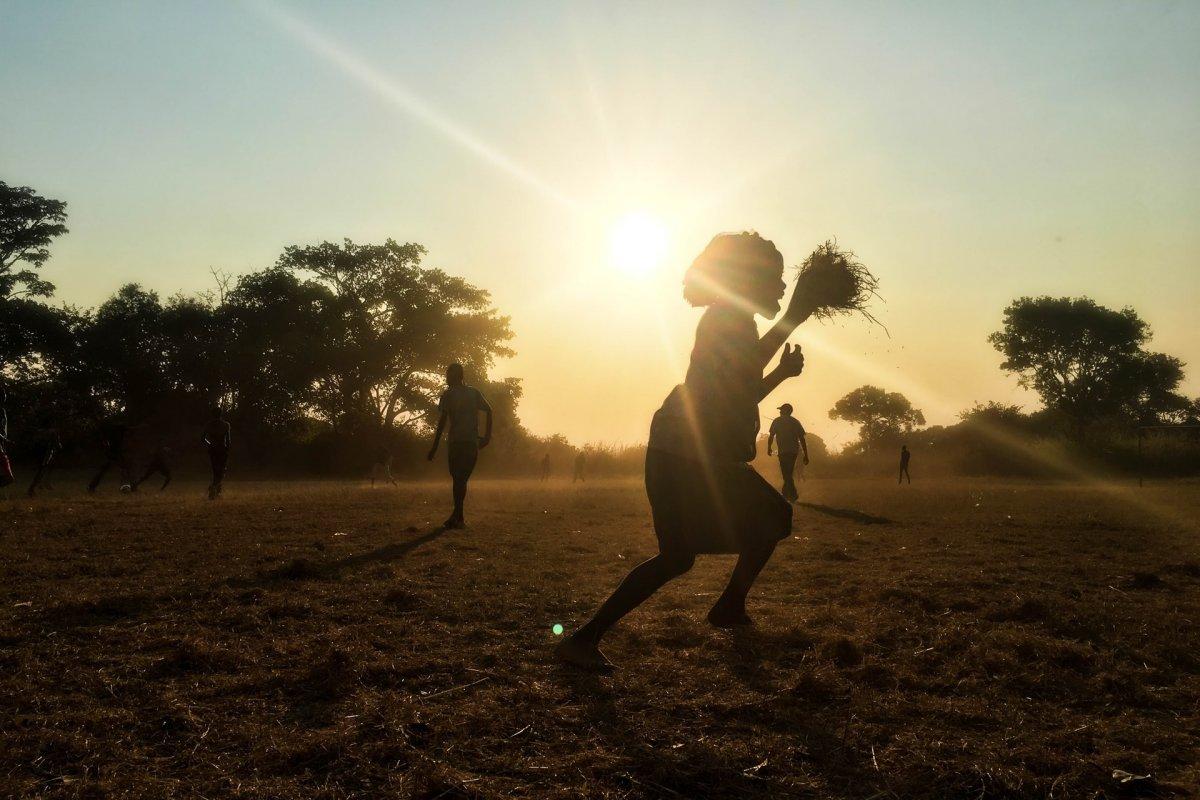30 Interesting Cuban Education Facts
Did you know that Cuba has one of the world’s highest literacy rates? Or that Cuban men must do compulsory military service?
Discover everything through these 30 interesting Cuban education facts! 🇨🇺 🎓
The Best Facts About School in Cuba
Cuba is an archipelago located in Central America. It has a very rich cultural heritage, and its capital city is Havana, which has 2,130,000 inhabitants.
An interesting part of the country that I wanted to tackle is its education. In light of that, I have listed my 30 best facts about schools in Cuba, and I hope you will love them:
1. The first teachers of Cuban children are their parents
In Cuba, parents are taught to be the child’s very first teacher. This means that schools are working alongside parents to provide the best possible environment for the future of the country. There is even an infant program for kids aged 1 to 4, with child care and medical monitoring.
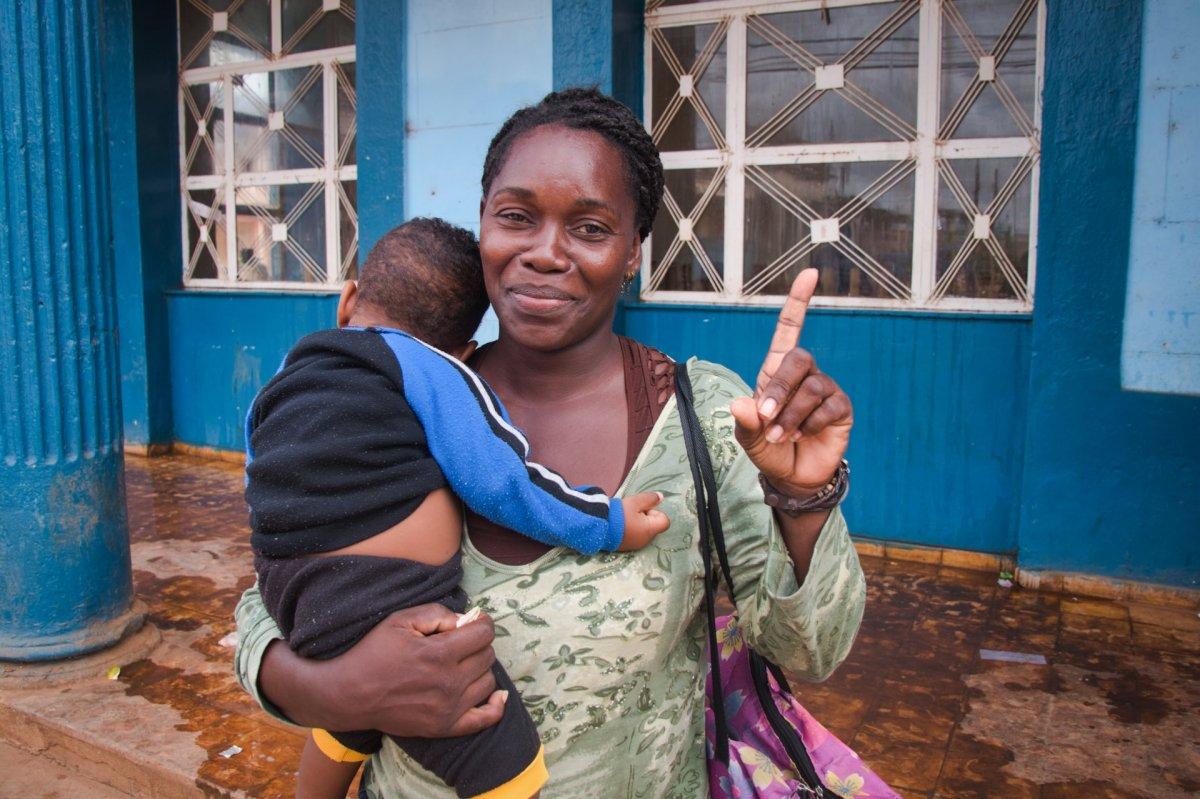
2. There are a lot of after school programs in Cuba
Nothing is better than after school (seemingly for fun) activities. These are very interesting when it comes to developing the constructive abilities of children, and they are very committed to creating more and more. Drawing, dancing, and even singing are all very much appreciated in Cuba.
3. Many educational facilities are in very poor shape in Cuba
Unfortunately, many Cuban educational facilities are decaying structures, needing a lot of maintenance and repair. This is where the vast majority of after school activities take place, but no one can really fix it if not for the government. Despite this, children love these activities.
4. The after school staff organizing all of the activities is not paid
When it comes to after school activities, there is another financial issue: no one helping entertain the kids is paid. They are parents as well as various artists and performers who volunteer to work with the children: a very beautiful and selfless act, isn’t it?
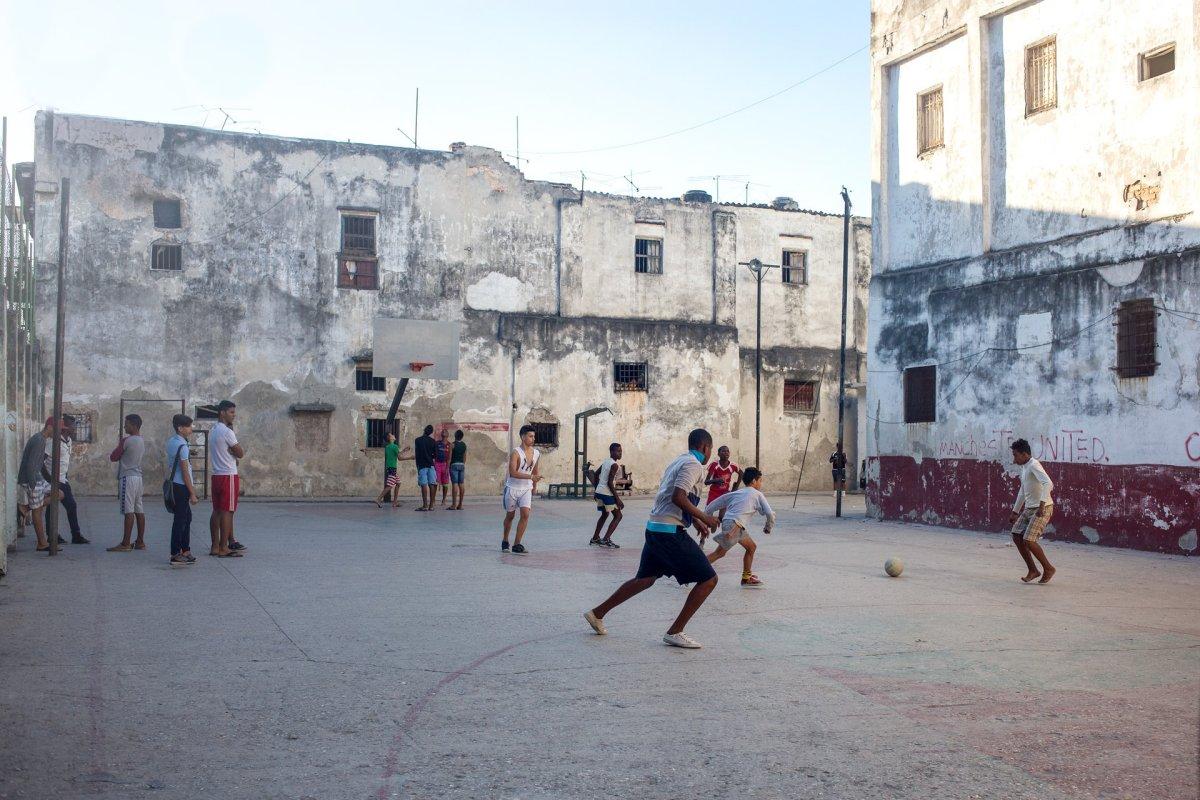
5. During summer, children are still being taken care of mostly by parents
All of the after school programs are extended through summer. Parents are required to take a two-week vacation in order to participate in activities with their children. The bond between children, their school, and their parents is very strong in Cuba.
6. Cuba has one of the highest literacy rates in the world
This is the most impressive fact about Cuba: because public education is one of the priorities of the country, illiteracy has drastically dropped from 1959 to 1962 (from 23.6 percent to 3.6 percent).
Today, the estimated literacy rate of the country is… 100 percent!
7. Education is free and available to all in Cuba
From the very beginning to the end, education is entirely free in Cuba.
Preschool programs, middle school, doctorates, everything is available to anyone. With a relatively small and accessible country as well as free schools, it makes sense that everyone is literate.
8. Education is mandatory through the 9th grade in Cuba
In many countries, school is mandatory until the age of 16.
In Cuba, children have to go to school through the 9th grade, or the age of 15. After that, they can join a pre-university program for 3 years, or go to a vocational school.
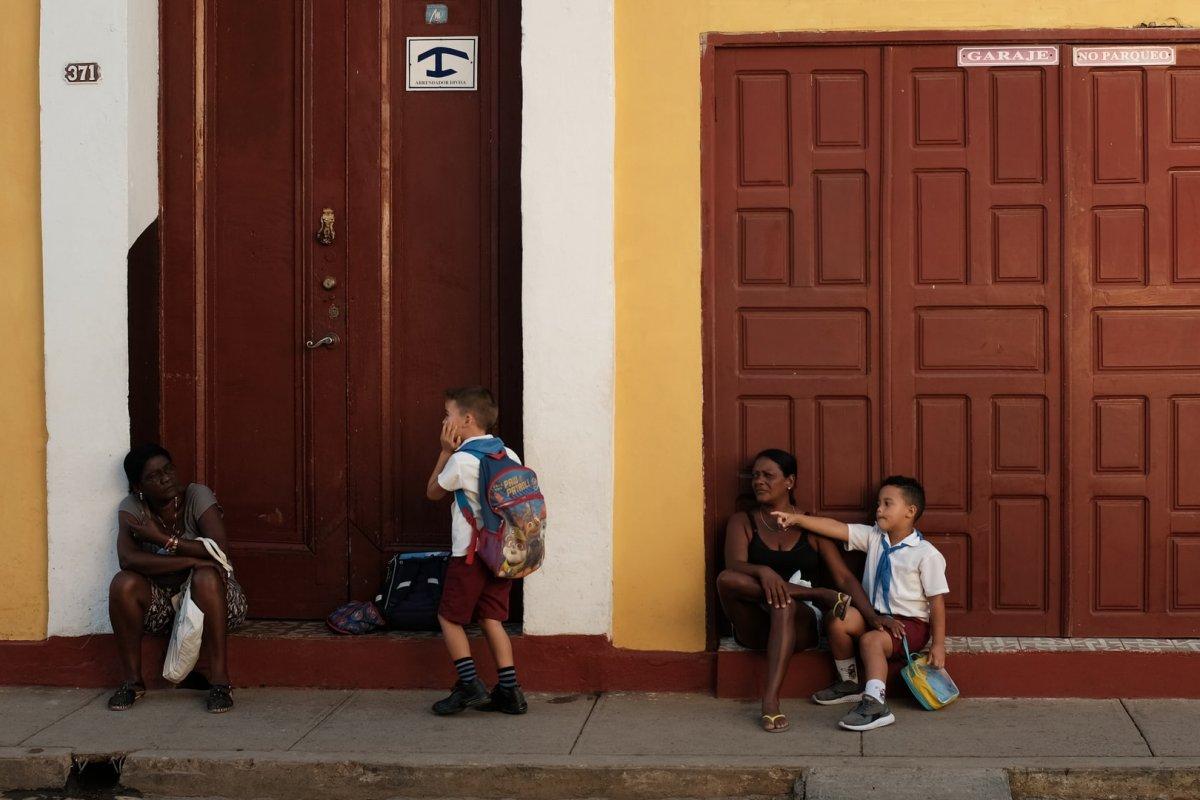
9. The majority of Cuban students choose the academic path
Around 60 percent of students choose the academic path in Cuba.
While this may sound like a good thing, the country is actually in need of more skilled workers, and fewer academicians. Because of this, the government is trying to reverse these rates.
10. Aging buildings are a real issue in Cuba
Another reason why there are “too many” academicians in the country (according to the government) is because buildings are aging and slowly crumbling. Cuba absolutely needs skilled workers to restore and sometimes entirely reconstruct restaurants and even nightclubs.
11. When Fidel Castro took control of the country, citizens were taught how to read and write
Fidel Castro was the political leader of Cuba from 1959 to 2008, and he is very famous for transforming the country into the first Western Hemisphere communist state. When he took over, more than 100,000 children from the age of 10 to 16 were sent throughout the country to teach people how to read and write.
12. Teachers are judged by everyone to be able to work
Just like many things in the country, teachers are evaluated by the majority of people. Their training is quite long and takes two days every month as well as weekly on-site activities.
Also, if a teacher fails, Cubans consider that their entire system is failing.
13. There is a teacher shortage in Cuba
Unfortunately, while Cuba has a lot of good ideas for its educational system, there are simply not enough teachers in the country right now. This is because fewer students opt into teaching, as well as fewer people choose the academic path since the government offers higher salaries for skilled workers.
14. Cuba is the country that dedicates the highest share of its budget to education
Schools are entirely free in Cuba, you already know this. But what this means is that the education system is 100 percent subsidized by the government, which is a huge commitment.
What is even more amazing is that Cuba is the country spending the highest share of its budget on its education: 13 percent!
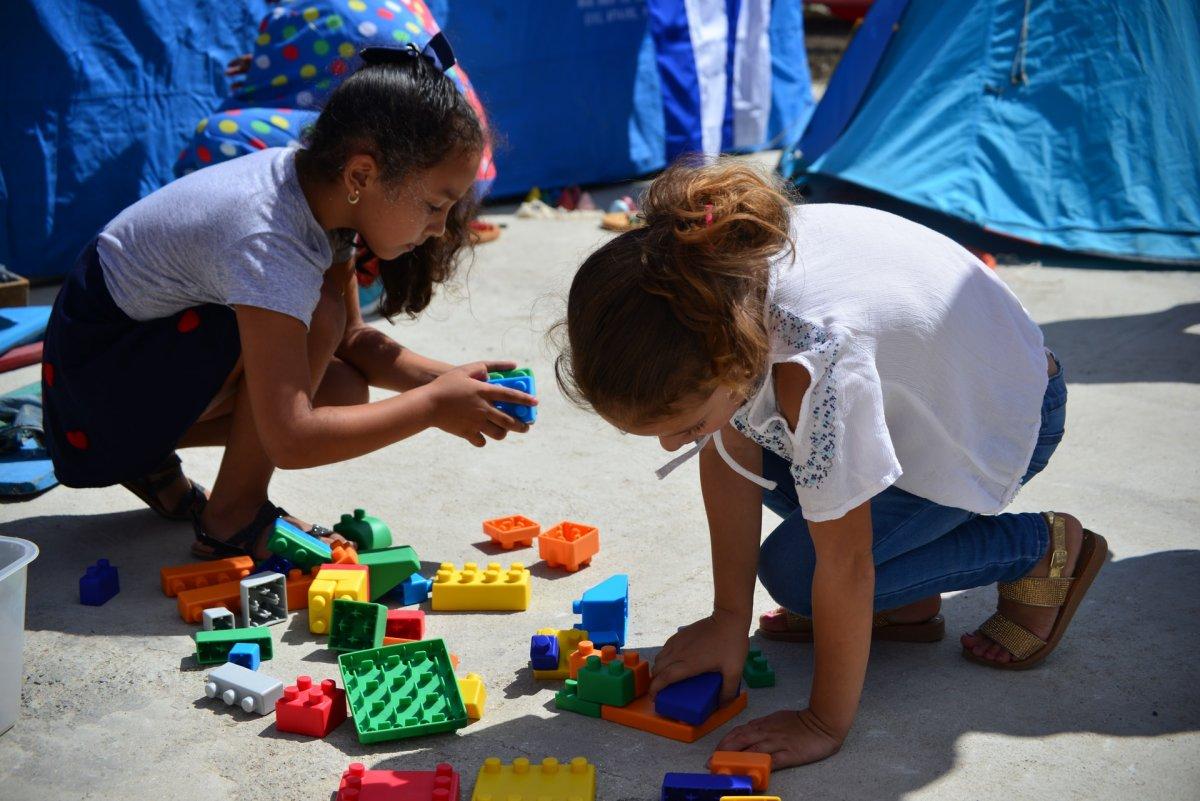
15. According to the research, Cuba has the best education system in Latin America
In 2014, The World Bank reported that the education system in Cuba is the best in Latin America and in the Caribbeans. It is also the only state with a high-level teaching faculty.
On top of education, other social services like health are extremely developed in the country.
16. Cuba’s education system has helped it in a lot of ways
Education is extremely powerful, and Cuba is a great example of that.
With state-sponsored universal access to education services, not only was illiteracy eradicated but the same happened to certain diseases, and safe drinking water is now accessible to anyone.
17. The two different educational paths in Cuban secondary school both lead to diplomas
In Cuba, upon completion of the basic secondary level, students can opt into an academic or a technical path. The first one leads to the “Bachillerato” diploma, and academic universities, while the second one allows them to attend one of the many technological institutes in the country.
18. Children are indoctrinated from the very beginning of school
Right at the beginning of school, from an early age, children are indoctrinated in Cuba. Schools force them to follow the government’s political beliefs of communism. If parents violate this by teaching their children something else, they can possibly be imprisoned!
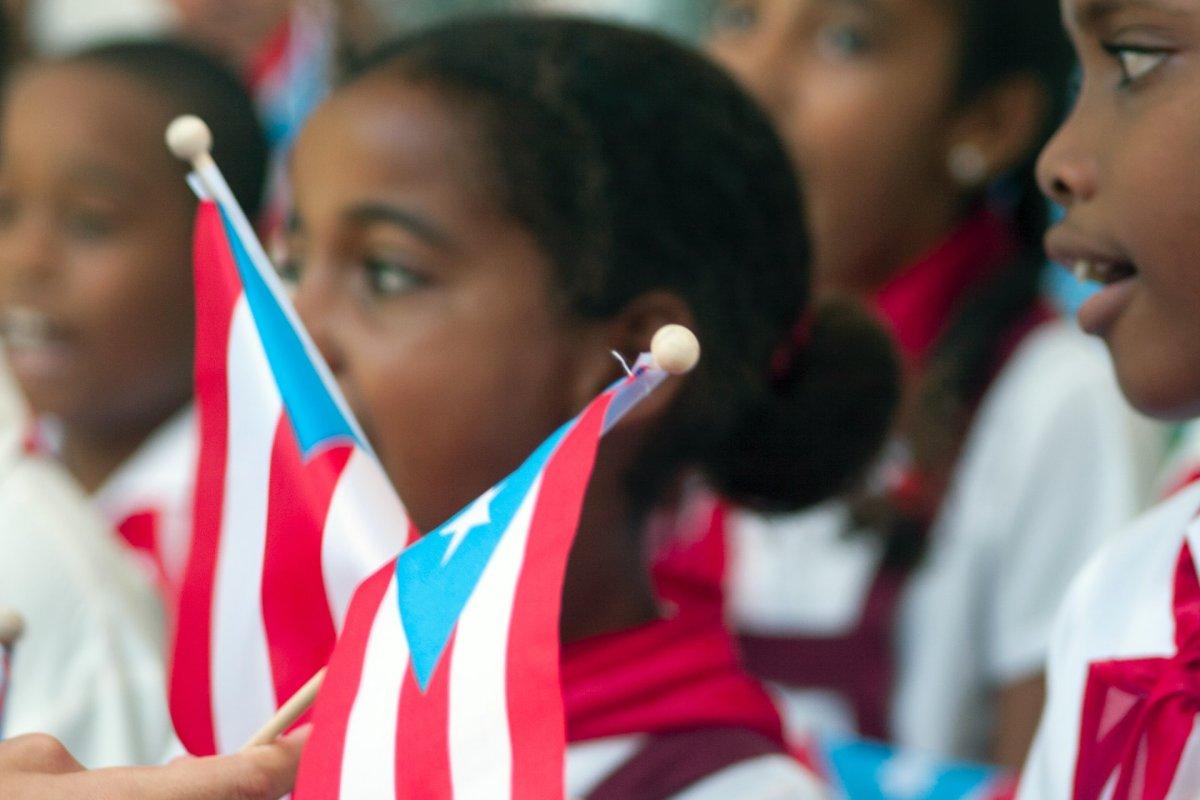
19. There is a ministry focused on higher education in Cuba
Most countries have a Ministry of Education… but in Cuba, there is a “Ministerio de Educación Superior”, or Ministry of Higher Education. It regulates the schools and their methodology as well as educational policies and makes sure everyone complies with government standards.
20. There are 47 universities in Cuba
Higher education is taken very seriously in Cuba, and there are more than 400,000 students enrolled in almost 50 universities. There are old and famous ones, like the University of Havana, the Universidad Central de Las Villas and the Universidad Masonica.
And that is it for the best 20 interesting facts about Cuban education…. Wait, did I say 20? Oh yes, because there are 10 more of them, coming right up:
More Cuba Education Facts
There are so many things to say about Cuba education system that I just could not stop after only 20 facts.
Here, have 10 more Cuba education facts:
21. Men must complete compulsory military training before entering university
To this day, there is still compulsory military training for Cuban men.
Other than that, they also need to prove they completed secondary education and pass college entrance exams to be admitted into higher education institutions like universities or technical institutes.
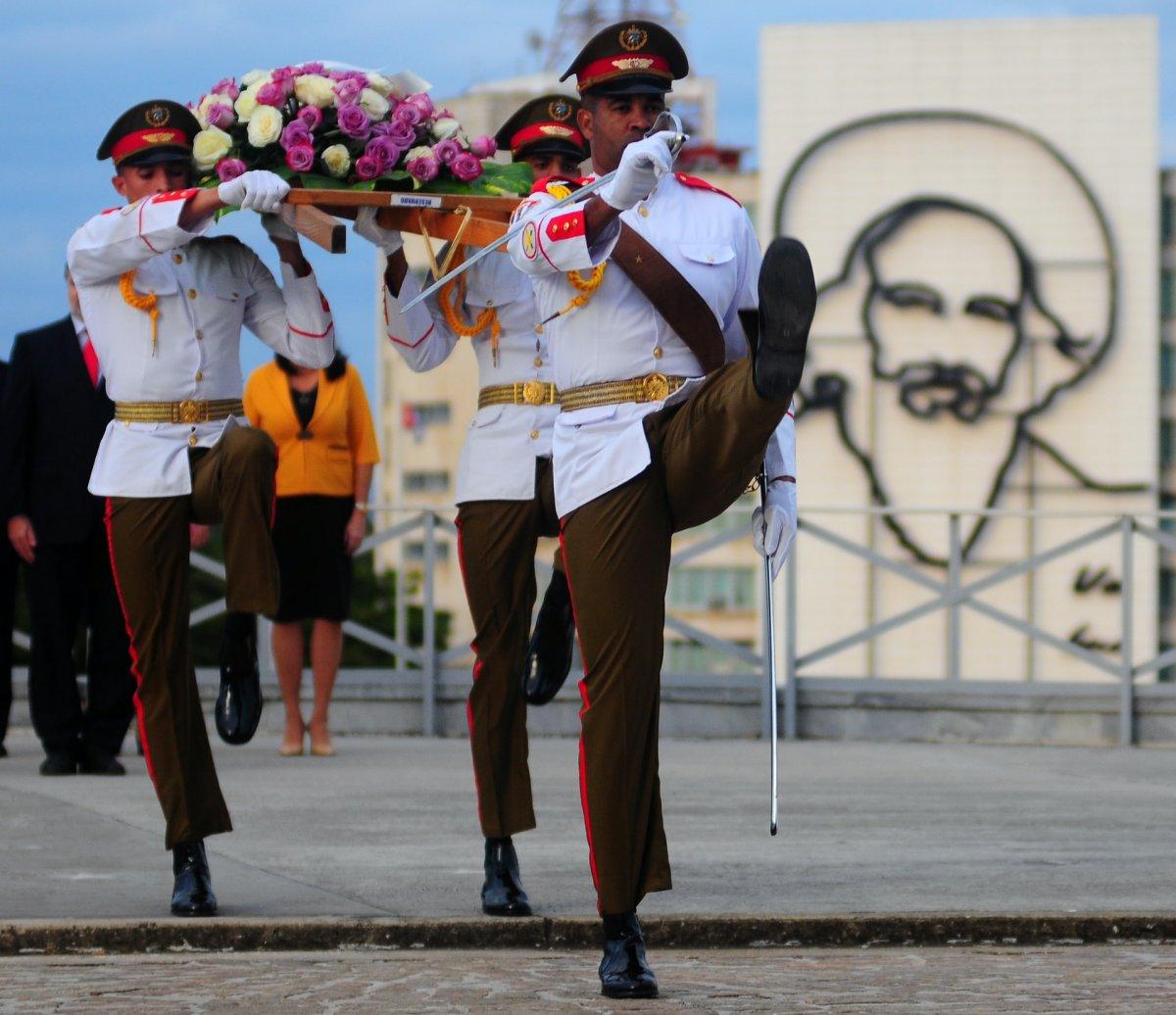
22. There is a political clearance in Cuban universities
The last requirement for young Cubans if they want to enter university is to prove their political standing.
If they have “good” communist beliefs and they stay aligned with the government policies, they will receive a letter of approval. If they don’t, they will be blacklisted from further studies.
23. Students can also get distance education in Cuba
Another great fact about Cuban education is that students can also learn from afar.
There are 15 centers for distance education that can provide degrees in many different fields, like history, law, science, and technology. However, they need to complete secondary education and work for at least a year if they want to join these centers.
24. The first stage of Cuban university is called the “Licenciatura”
The “Licenciatura” is the first stage of Cuban university, and it is basically the equivalent of a Bachelor’s degree. Its professional equivalent is called “Titulo”, and they both require completion of 4 to 5 years of study (or 5 to 6 years for medicine degrees).
25. The second stage of Cuban university is divided into three levels
There are three levels in the second stage of Cuban university: “Diplomado”, “Maestria” and “Especialista”. Each of these is made of 200 hours of theory, practicum, and internship. This stage lasts for 2 years, and the student is then awarded either a “Diplomado”, a “Maestria” or an “Especialista”, equivalent to the Master’s degree.
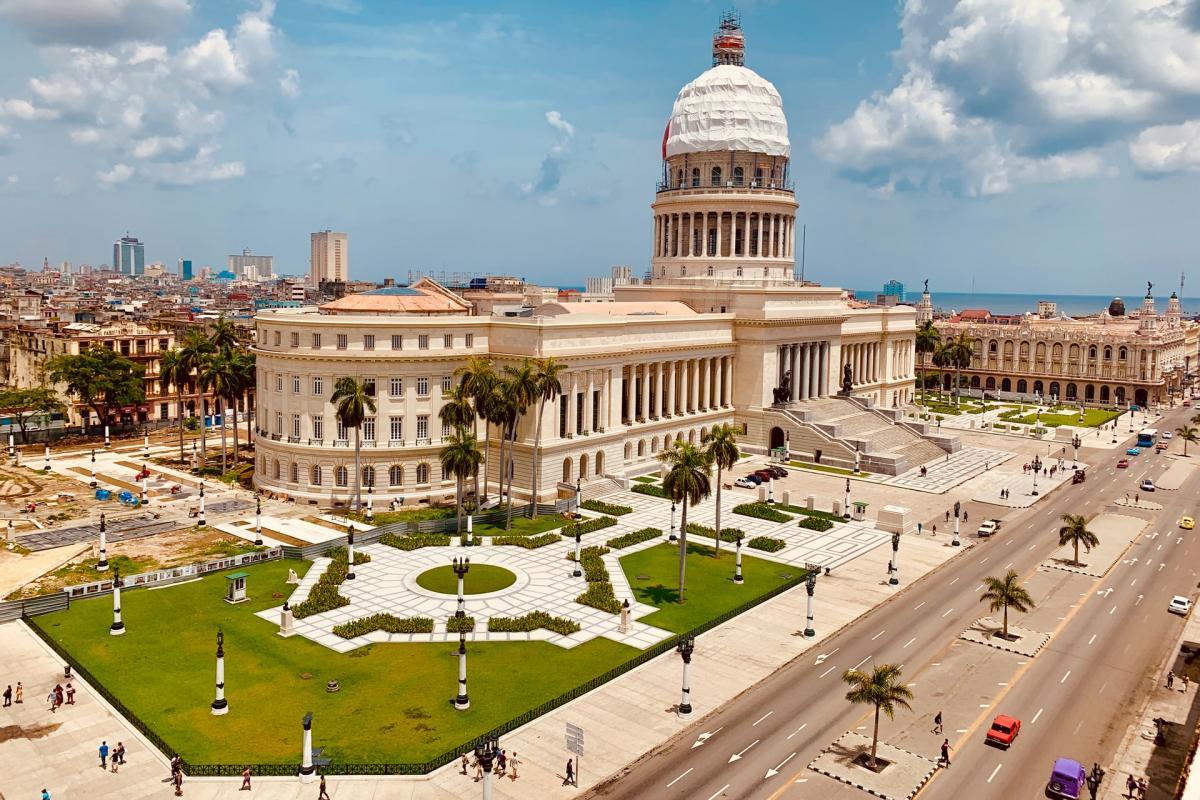
26. The third and last stage of Cuban university is a Doctoral program
Finally, there is one last stage in Cuban higher education, and it is aimed at obtaining a Doctoral degree. It lasts for 3 to 4 years, and then students are considered for candidacy in a Doctoral program. When approved, they will conduct scientific research and finally be awarded their degree.
27. The maximum of 25 Cuban children per classroom is very strict
In Cuba, children in primary school will never have any issues related to overcrowding. There is a strict maximum of 25 kids per class, while some have as few as 20.
In secondary schools, they try to lower this number to 15 pupils.
28. Children help each other in class so no one lags behind
A common issue in primary school is that some kids lag too far behind and no one is there to help them.
In Cuba, such a problem simply does not exist, since children constantly help each other. On top of that, parents also work closely with teachers to monitor their children’s education.
29. School lunches are free in Cuba
Cuban students in any school can enjoy free lunches. The typical meal is made of rice, beans, eggs, and vegetables. A lot of parents give their children a bit more to eat like fish or chicken, as a complement to the free lunch, because it is not that perfect.
30. Cuban children love to go to school
To round out this list of the unique education system of Cuba, here is some joyful news: children are more than happy to go to school. None of them miss classes, and they all get on well together with their classmates.
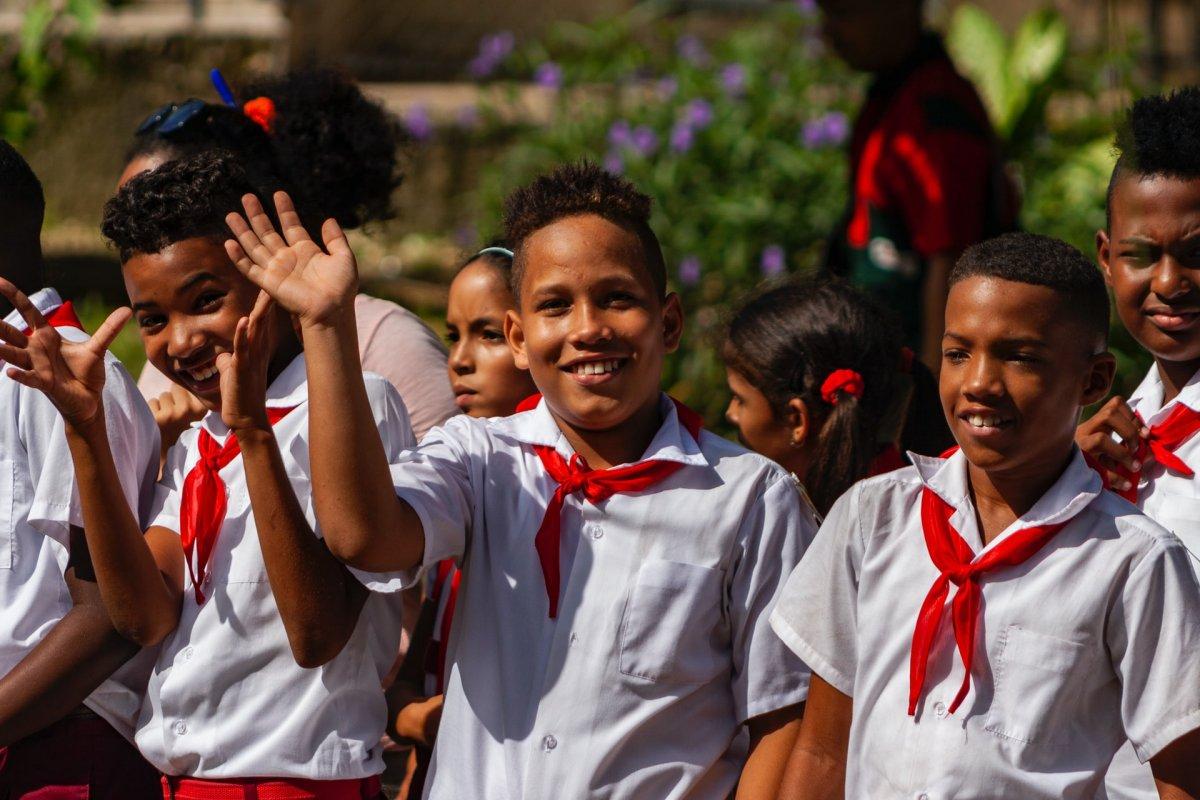
So there you have them, these were all my 30 Cuba education facts. I hope you enjoyed them and that you learned something new today.
In case you want to learn more about the rest of the country’s education system, feel free to keep reading, as I still have lots of things to tell you about:
Cuban School Hours
Let’s keep going with our next part, dedicated to Cuban school hours. The typical school schedule in one country can often be very different from your own, and it’s always interesting to have more details on how students go on about their day.
Cuba Primary School Schedule
Many Cuban schools open as early as 6:30 AM, before closing 12 hours later. This does not mean that children start this early, but there is free morning care (as well as after school care).
The first hour and a half of the day is dedicated to breakfast and free play. Academic teaching takes place from around 8:40 AM to 12:30 PM, with another hour and a half of free play and lunch afterward. From 2 PM to 4 PM, there are various activities for kids to enjoy. At 4 PM, they go back to playing games until it is time to go home.
Cuba Secondary School Schedule
While primary school is for kids aged 6 to 11, middle school in Cuba is for teenagers, from 12 to 15 years old. Upon completion, they are awarded a secondary school completion diploma.
Cuban High School Schedule
Upper secondary school is for children aged 15 to 18. After that, they can either choose to go for a technical or an academic path, as I have already told you about. Technician degrees last from 1 to 4 years. For academic ones, the first stage lasts from 4 to 5 years, the second one 2 years, and the last one 3 years.
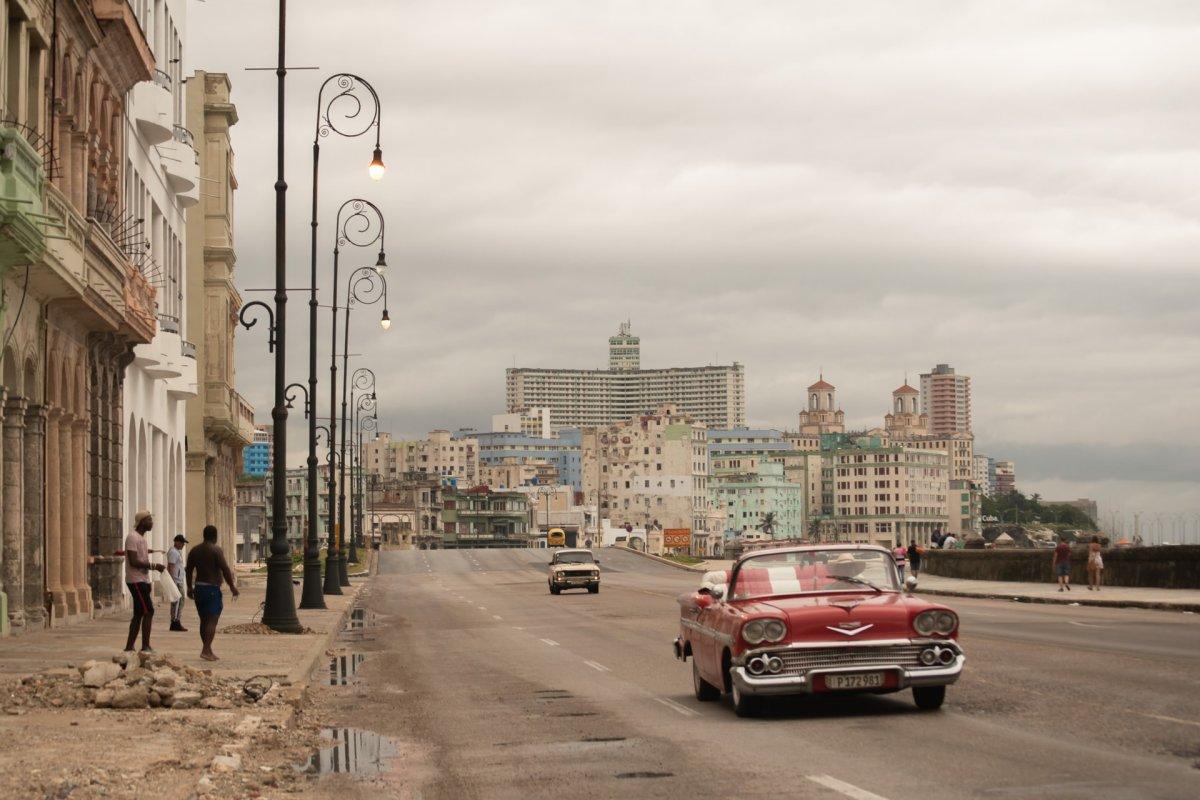
General Facts About Schooling in Cuba
This last part is dedicated to general facts about schooling in Cuba. More specifically, we’ll check 2 key figures that will give you a better understanding of the education level in Cuba.
Enrollment in tertiary education for Cuba: 49.4%
(Average for regions: Sub-Saharan Africa: 8.6% | South Asia: 20.8% | Arab States: 36.4% | East Asia: 36.5% | Latin America: 43.3% | Europe and Central Asia: 62% | North America: 84%)
Data from World Bank EdStats/UNESCO
Cuba literacy rate: 100%
(Average for regions: Sub-Saharan Africa: 65.3% | South Asia: 72.9% | Arab States: 79.4% | Latin America: 93.7% | East Asia: 95.8% | Europe and Central Asia: 98.5%)
Data from World Bank EdStats/UNESCO
More Education Facts!
Do you want even more education facts about other countries?
Check out these facts:
Or click here to see ALL the education facts up on the blog!
The Full List of 30 Cuban School Facts
- The first teachers of Cuban children are their parents
- There are a lot of after school programs in Cuba
- Many educational facilities are in very poor shape in Cuba
- The after school staff organizing all of the activities is not paid
- During summer, children are still being taken care of mostly by parents
- Cuba has one of the highest literacy rates in the world
- Education is free and available to all in Cuba
- Education is mandatory through the 9th grade in Cuba
- The majority of Cuban students choose the academic path
- Aging buildings are a real issue in Cuba
- When Fidel Castro took control of the country, citizens were taught how to read and write
- Teachers are judged by everyone to be able to work
- There is a teacher shortage in Cuba
- Cuba is the country that dedicates the highest share of its budget to education
- According to the research, Cuba has the best education system in Latin America
- Cuba’s education system has helped it in a lot of ways
- The two different educational paths in Cuban secondary school both lead to diplomas
- Children are indoctrinated from the very beginning of school
- There is a ministry focused on higher education in Cuba
- There are 47 universities in Cuba
- Men must complete compulsory military training before entering university
- There is a political clearance in Cuban universities
- Students can also get distance education in Cuba
- The first stage of Cuban university is called the “Licenciatura”
- The second stage of Cuban university is divided into three levels
- The third and last stage of Cuban university is a Doctoral program
- The maximum of 25 Cuban children per classroom is very strict
- Children help each other in class so no one lags behind
- School lunches are free in Cuba
- Cuban children love to go to school
Share the knowledge! Click on the buttons below to share these Cuban school facts with your friends, and help them learn more about the world
